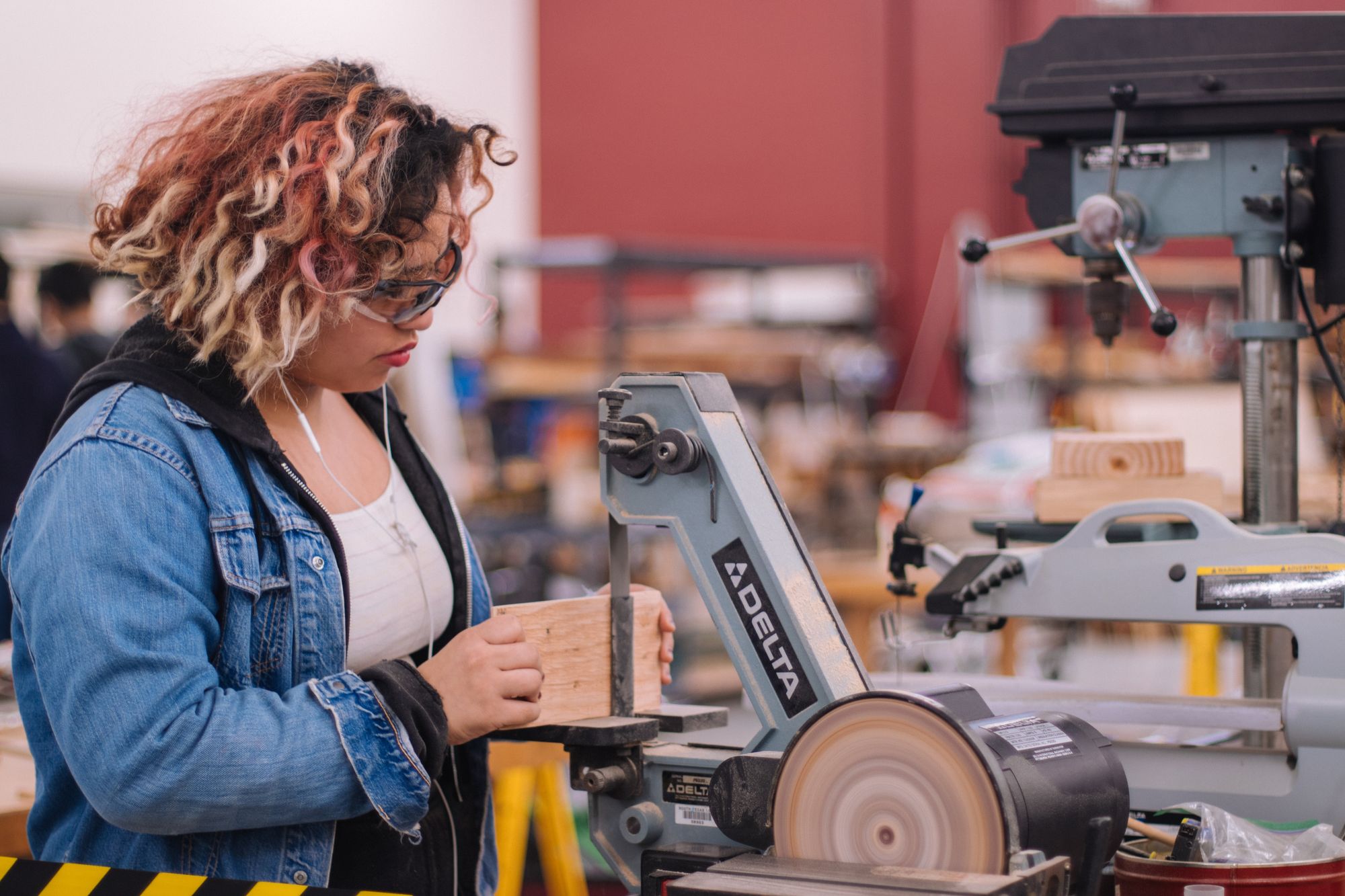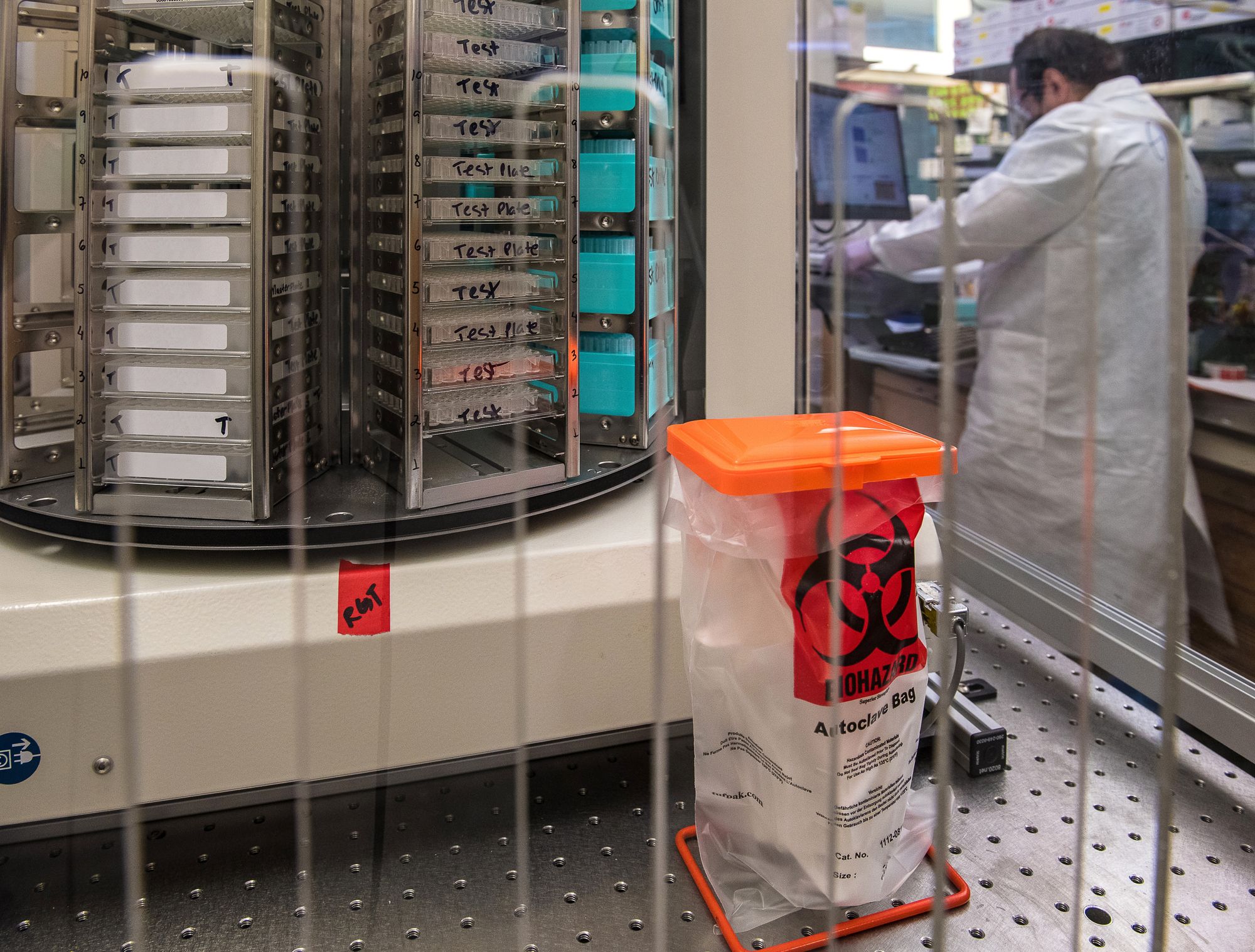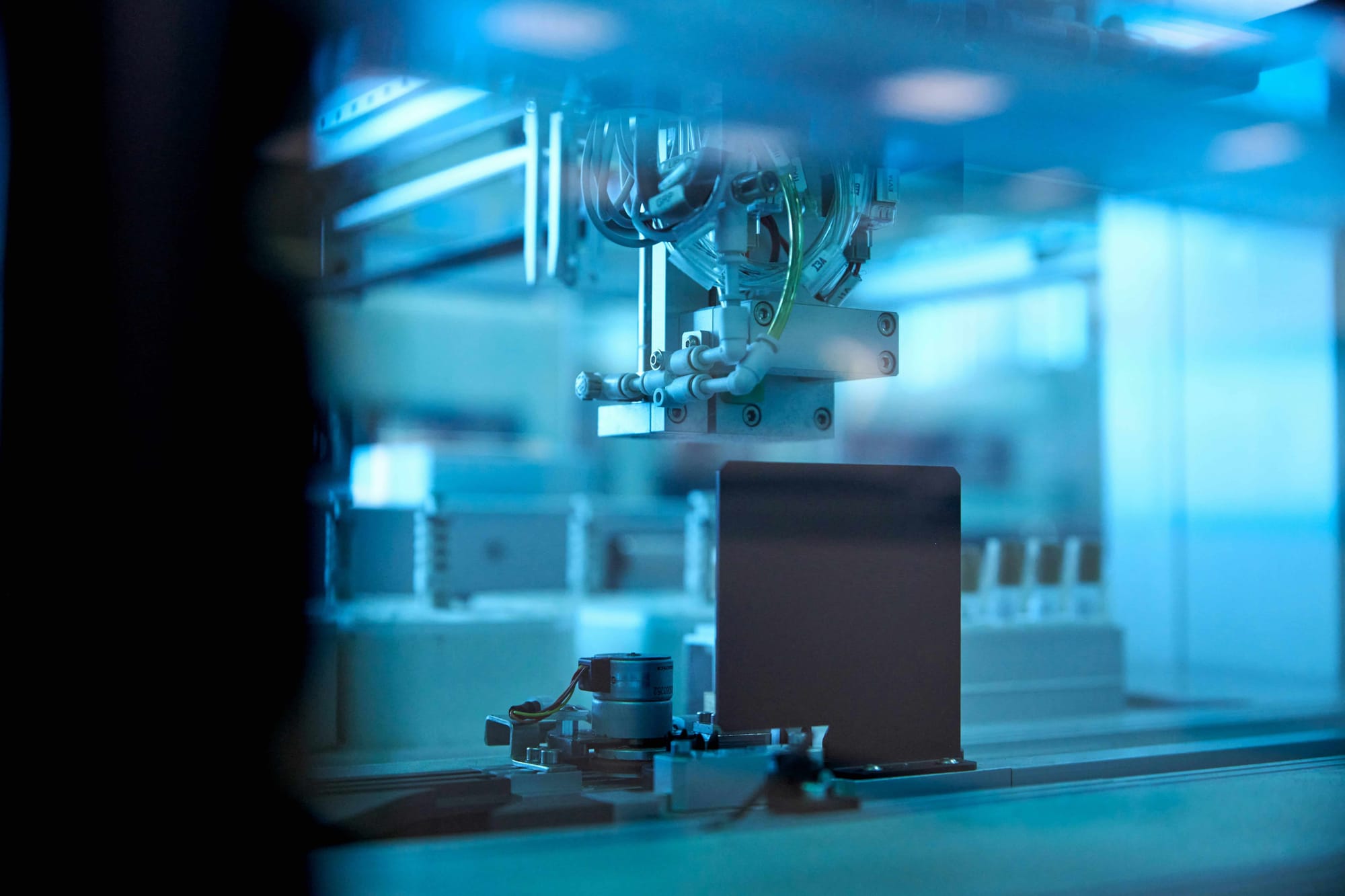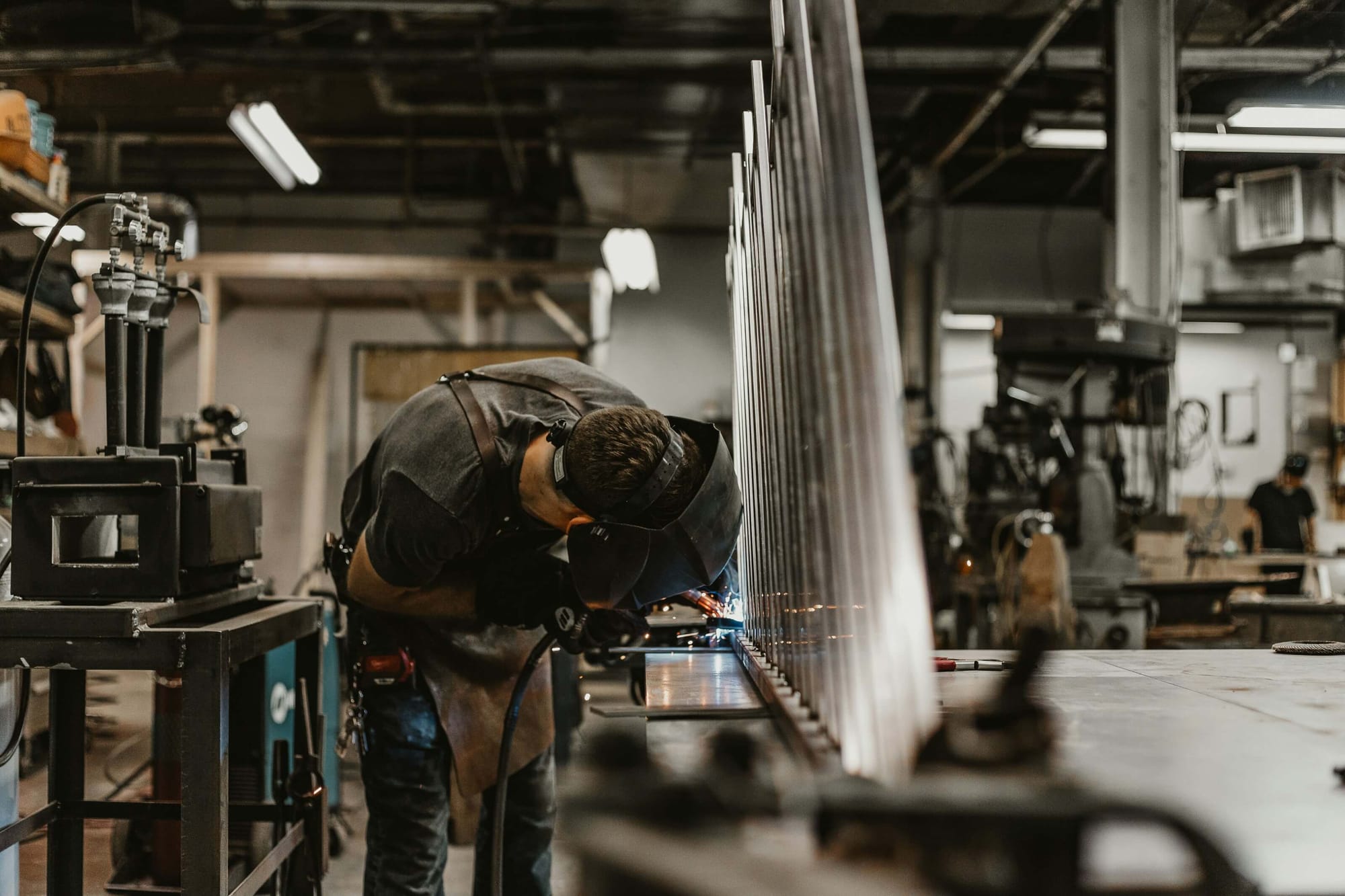If you’re a scaling manufacturer, then you must be wondering about choosing the right production methodology for your business.
Many companies have been pushed to review their production and inventory practices. It is generally due to intense competition and efforts to constantly improve. To improve your inventory control, you must focus on ‘Make-to-order’ and ‘Make-to-stock’ processes.
Further, you need to understand which process among those two would work best for your business. So, that’s what we’ll discuss today in this guide — Make-to-order Vs Make-to-stock.
Before we dig deeper, let’s take a look at the table of content:
- What is Make-to-Order?
- Example of Make-to-Order
- What is Make-to-Stock?
- Example of Make-to-Stock
- Make-to-Order Vs Make-to-Stock
- Advantages of Make-to-Order
- Disadvantages of Make-to-Order
- Advantages of Make-to-Stock
- Disadvantages of Make-to-Stock
- What MTO vs. MTS Differences Mean for Scheduling and Planning?
- Why Using an Advanced Planning and Scheduling System is Advantageous?
- How Deskera Can Assist You?
- Final Takeaways
Let's begin!
What is Make-to-Order?
Make to Order (MTO) is a manufacturing process where products are produced based on specific customer orders. The production process begins only after a customer order is received, rather than producing goods for inventory.

Make-to-order is typically used when a product is customized for a specific customer, such as a special piece of furniture or a prototype.
Further, make-to-order businesses are those that provide products that are made to order, such as a bespoke manufacturing company. Your customers will have to wait for the products if your company uses a make-to-order technique.
However, leading times will be impacted. It results in longer wait periods for customers as a result of the corporation delaying manufacture until it receives the order.
Example of Make-to-Order
Make-to-order is most often seen in the manufacturing of large, complex items. It includes construction equipment and vehicles.
In such cases, the customer may have very specific requirements that the product must meet. It further makes it difficult to anticipate the demand ahead of time.
Other examples of make-to-order products include custom-made furniture, computer hardware, and large appliances. The customer is able to choose the exact specifications of the product. And the manufacturer will build it to those specifications.
This type of production is also used by companies that offer apparel, printing, and jewelry customization services.
Furthermore, a well-run business will have the supplies and components ready on-site or at another location. It depends on how they store inventory and manage their business, in order to begin manufacturing and eliminate delays brought on by low inventory levels.
These examples of made-to-order goods operate on a pull system:
The Pull System = Products from a customer's purchase are pulled for manufacture.
What is Make-to-Stock?
Make to stock (MTS) is a manufacturing approach in which items are produced in anticipation of customer demand.
The goal of make to stock is to have items available when the customer wants them. It further reduces lead times and ensures that customer orders can be filled quickly.

However, this can be challenging and even risky because even the smallest error of judgement could result in dead stock, a shortfall, or excess inventory.
You should be able to spread out production at specified times if your company implements make-to-stock to prevent a spike in demand.
Furthermore, it is in contrast to make to order (MTO) and engineer to order (ETO) production strategies. In the latter segment, the products are only produced after a customer place an order.
The make-to-stock approach is a push system that produces goods in anticipation of demand.
Push System = Products are being produced in anticipation of expected sales.
Example of Make-to-Stock
As stated earlier, make to stock (MTS) is an inventory strategy where products are made in advance of customer orders, and stored in anticipation of customer demand.
This approach is used when demand for a product is predictable and stable. For example, a company that manufactures car parts may produce and stock a variety of parts that are used in all types of cars.
The company knows that customers will need these parts at some point, so they produce them in advance and store them in warehouses.
When a customer orders a part, it is then pulled from the warehouse and shipped to them. This approach allows the company to quickly fulfill orders and reduce production costs.
Make-to-Order Vs Make-to-Stock
Make-to-order (MTO) and make-to-stock (MTS) are two different types of production systems and refer to the customer order fulfillment process.
Make-to-order (MTO) is a production system that produces goods only after receiving an order from a customer. Because of this, MTO allows customers to customize their product. This production system works best for businesses that produce a low volume of goods.
Make-to-stock (MTS) is a production system that produces goods in anticipation of customers’ orders. The products are ready for sale before any customer orders are received.
This production system works best for businesses that produce a high volume of goods.
In theory, a business can use the MTS technique to effectively prepare for both rises and dips in demand. However, historical data is utilized to predict future demand and, as a result, production is used to determine inventory levels.
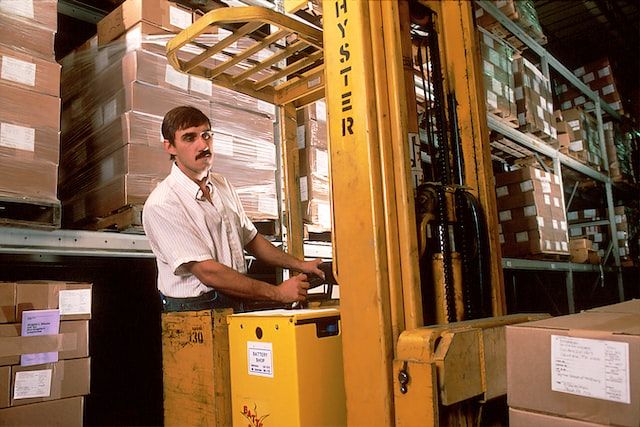
Forecasts have a good risk of being inaccurate, even marginally, which might leave a company with excess inventory and inadequate liquidity. This is the main problem with the MTS production process.
In fast-paced industries like electronics or computer technology, excess inventory can quickly become obsolete, which will result in losses from excess inventory or stockouts.
Advantages of Make-to-Order
Following we’ve discussed some crucial advantages associated with make-to-order. Let’s learn:
1. Reduces Waste
More than only your company's efforts to reduce costs related to the disposal of materials or waste linked with production are covered by the concept of minimizing waste.
By minimizing waste, resources are only used to improve your product in ways that help your customers. Any process, change, or product enhancement that does not benefit the consumer is considered waste.
2. Lessen the Possibility of Inefficiency
Since no production takes place prior to receiving a consumer order, the company can solely focus on creating products as quickly as possible.
However, you must pick between forward scheduling and backward scheduling. Make sure you consider that before you begin the production.
3. Customizable Items
Customers will come to you when they want a more individualized buying experience. This will make your products stand out from those of other manufacturers. For certain businesses, the unfortunate downsides of making products to order.
Disadvantages of Make-to-Order
Following we’ve discussed some major drawbacks of make-to-order (MTO) strategy. Let’s take a look:
1. Long Lead Times
Make to order requires more time to produce the product according to the customer’s specific requirements. This means longer lead times and a lack of inventory which can impact customer satisfaction.
2. Higher Costs
Make to order requires more manual labor to customize the product and this can increase costs significantly.
3. Limited Customization Options
Make to order is limited to the customer’s specifications and this can limit the product’s ability to be customized as desired.
4. Increased Complexity
Make to order adds complexity to the production process as each product must be built from scratch. This often requires additional resources and manpower.
5. Greater Risk
Make to order carries a greater risk of errors and mistakes due to the complexity of the process. This can lead to dissatisfied customers and increased costs.
6. Erratic Sales Demand
Sales for businesses frequently reach a peak or climb quickly. Given the increase in sales throughout the holiday season, the article needs more examples of make-to-stock products.
Therefore, it's possible for your business to face a decline in sales or even a big surge in demand, both of which could be quite stressful for it.
Advantages of Make-to-Stock
As was already mentioned, based on the nature of your business, this may be a workable strategy for you.
We'll still weigh the advantages and disadvantages to decide whether you should apply the make-to-stock method, though. Check the following advantages of make-to-stock (MTS):
1. Make-to-Stock Scheduling
You may ensure that your process is as effective as possible by using this method to develop a master production schedule. You and your team are able to be aware of where they need to be and what has to be done thanks to it.
2. Distribute Resources and Output
You can properly and meticulously plan your resources and production that will be carried out while you manufacture your products ready for the customer's need to maximize your efficiency.
3. Reduce the Duration of Customer Wait
Your products will ultimately be ready for your customers if everything is completed on time. The amount of time your consumers must wait is greatly reduced since as soon as they place their order, their product can be dispatched to them.
Using a make-to-stock approach looks like a dream come true for someone who loves organization and has total control over their business's process.
Disadvantages of Make-to-Stock
For the most obvious reason, this form of production method strongly relies on industry assumptions, hence this strategy can also have certain disadvantages.
Let's look at three downsides that could affect you and your business:
1. Inventory Levels
Make to stock production can be inefficient and costly if there is an overstock in inventory due to overestimation of demand.
2. Higher Costs
It can also lead to higher costs associated with obsolescence due to the inability to quickly adjust to changes in customer demand.
3. Less Flexibility
The items produced in make to stock production may also be less flexible in terms of customization to meet customer needs.
4. Consumer Trends are Inherently Unpredictable
Your projection was as accurate as it could be and was based on reasonable assumptions, yet your products aren't selling as well as you had hoped. By looking at previous sales and seasonal increases, you can forecast.
5. The Difficulty in Providing Accurate Sales Estimates
Starting off, it might be difficult to forecast your sales because the industry may be complex and influenced by a variety of circumstances.
However, even a small error in judgement could lead to either too little or too much stock, which would be bad for the bottom line of your business.
Workflows for making to order and making to stock each have benefits and drawbacks.
You should be aware, too, that if you choose to structure production using one of these strategies, it need not be your ultimate decision. You can experiment and alternate between the two, or your company might even benefit from switching entirely to a different approach. Everything depends on what your company needs.
But regardless of your decision, you undoubtedly recognize that there is a lot of work that needs to be done.
What MTO vs. MTS Differences Mean for Scheduling and Planning?
The differences between MTO and MTS may already have prompted some ideas as a result of these discussions of how they affect production efficiency.
Various manufacturing methods have high efficiencies and demand extra labor to make up for low efficiencies, depending on the advantages and disadvantages of each planning process:
Customization
Bespoke features are easily handled in a manufacturing run using make-to-order planning. MTO planning, which calls for individualized items (and, accordingly, tiny lots or batches size) at mass-production prices, is therefore organically more in line with the current market trend of "mass customization."
Although make-to-stock planning makes customization management more difficult, MTS operations may be a good fit for intermediate items in some customization circumstances.
A beverage can be produced in small batches with reasonably predicted customizations, including allergen-free kinds, if the customized features are largely present in the housing of the electronic device.
Lead Times
Make-to-stock planning reduces the lead time for production to zero, which means that the item is prepared for shipment as soon as the order is received. Only delays involving inventory management, such as those in locating, transporting, and delivering ordered goods from stock, incur time penalties.
While the manufacturing cycle doesn't begin until the order is received, make-to-order planning calls for special measures to shorten lead times.
Lead times can be shortened by employing techniques like demand-driven material requirements planning (DDMRP). It helps to prevents the accumulation of sequential production durations for intermediate items.
Inventory Levels
Getting the best inventory levels is tough with both MTO and MTS planning. Make-to-order strategies must, in the era of lean manufacturing and just-in-time scheduling, strike a balance between supply stockpiles and quick delivery of finished goods.
Lack of necessary supplies could raise the cost of expedited work orders and overtime production. Materials that are overstocked require a large warehouse space and could degrade or become outdated.
Overstock and shortages are equally undesirable costs that can happen with make-to-stock processes, but in this case, the inventories in question are finished and intermediate goods.
To meet these challenges, effective planning based on accurate models and forecasts and flexibility to alter plans and schedules as actual conditions change are both required.
Why Using an Advanced Planning and Scheduling System is Advantageous?
With the help of advanced planning and scheduling technologies, you may improve production efficiency and shorten delivery times. It takes place regardless of whatever planning strategy—make-to-order, make-to-stock, or another—makes the most sense for your company's operations.
Scheduling and planning optimization can be aided by the Deskera software features listed below:
- Rapid development of effective, realistic plans and schedules
- The entire supply chain must be properly coordinated in order to guarantee that production activities are finished on time.
- Instruments for optimization that can rank various criteria (for example, on-time delivery, machine utilization, or changeover frequency)
- Automated examination of the effects of quantity or supply date changes
- Re-optimization that is quick to react to changing real-world circumstances
How Deskera Can Assist You?
Deskera MRP allows you to closely monitor the manufacturing process. From the bill of materials to the production planning features, the solution helps you stay on top of your game and keep your company's competitive edge.

Deskera ERP and MRP system can help you:
- Manage production plans
- Maintain Bill of Materials
- Generate detailed reports
- Create a custom dashboard
Deskera ERP is a comprehensive system that allows you to maintain inventory, manage suppliers, and track supply chain activity in real-time, as well as streamline a variety of other corporate operations.
Deskera Books enables you to manage your accounts and finances more effectively. Maintain sound accounting practices by automating accounting operations such as billing, invoicing, and payment processing.
Deskera CRM is a strong solution that manages your sales and assists you in closing agreements quickly. It not only allows you to do critical duties such as lead generation via email, but it also provides you with a comprehensive view of your sales funnel.
Deskera People is a simple tool for taking control of your human resource management functions. The technology not only speeds up payroll processing but also allows you to manage all other activities such as overtime, benefits, bonuses, training programs, and much more. This is your chance to grow your business, increase earnings, and improve the efficiency of the entire production process.
Final Takeaways
We've arrived at the last section of this guide. Let's have a look at some of the most important points to remember:
- Make to Order (MTO) is a manufacturing process where products are produced based on specific customer orders. The production process begins only after a customer order is received, rather than producing goods for inventory.
- Make-to-order is most often seen in the manufacturing of large, complex items. It includes construction equipment and vehicles.
- In such cases, the customer may have very specific requirements that the product must meet. It further makes it difficult to anticipate the demand ahead of time.
- Make to stock (MTS) is a manufacturing approach in which items are produced in anticipation of customer demand.
- The goal of make to stock is to have items available when the customer wants them. It further reduces lead times and ensures that customer orders can be filled quickly.
- By minimizing waste, resources are only used to improve your product in ways that help your customers. Any process, change, or product enhancement that does not benefit the consumer is considered waste.
- You may ensure that your process is as effective as possible by using this method to develop a master production schedule. You and your team are able to be aware of where they need to be and what has to be done thanks to it.
Related Articles

